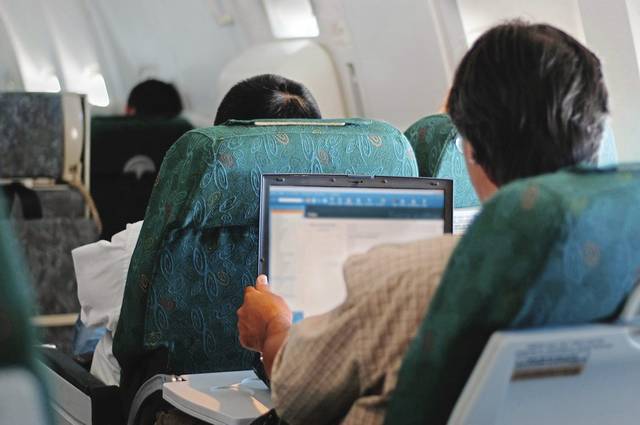Air travel is surging as more passengers pack onto more airplanes. The month of June 2021 saw four times the number of air travelers compared to June 2020. With that, airplane weight is back in the news.
The FAA is requiring all airlines to provide better methods to estimate the weight carried on airplanes. With checked and carry-on baggage, and cargo weight all measured at airports, and fuel weight computed directly, the 800-pound gorilla is how to estimate passenger weight.
Knowing airplane weight has both economic and safety implications.
Estimating airplane fuel requirements involves several factors, including distance traveled, weather, head or tail winds en route, and total weight of fuel, passengers and cargo. Airlines must plan for safety, based on unforeseen factors that could result in more fuel needed. A worst-case scenario occurs when an airplane must make an unplanned diversion to refuel so it can safely reach its final destination. Adding fuel ultimately costs money and adds weight, further convoluting the economic calculus.
Weight on takeoff is also critical for safety purposes, for airplanes to become airborne and sustain an adequate climb rate.
Airplane weight meets the nation’s obesity epidemic head-on. From 2015-18, the average male weighed close to 200 pounds, while the average female weighed just over 170 pounds. This compares to 181 and 152 pounds, respectively, from 1988-94.
Given the number of flights per day and the number of passengers traveling in 2018 compared to 1994, airlines were carrying around 20,000 additional tons of weight each day due solely to extra passenger weight. That was like flying around carrying an extra 3,000 African elephants every day.
The economics of hauling such extra weight are significant, with jet fuel prices climbing. The FAA’s concern is safety, to ensure that airplanes take off and land at their final destinations safely. Smaller regional jets are particularly sensitive to weight and balance issues (how weight is distributed on an airplane), given that passenger weight factors more significantly into the necessary calculations.
Then there are seasonal issues, with passenger attire during the winter months in northern airports adding additional weight to airplanes, as well as summer hot air in southern and southwestern airports that require more runway and reduced airplane weight for takeoff.
Airlines can take the conservative approach and overestimate every passenger’s weight. The problem with this is that they will leave money on the table by carrying fewer passengers, ultimately reducing revenue and placing upward pressure on airfares. This also can lead to more travelers being denied boarding, commonly known as bumping, reducing the number of passengers that can be carried to stay below airplane weight thresholds, even with open seats available.
Is there a solution?
Airlines can mandate that all passengers be weighed. However, the time and effort to conduct such weigh-ins for every flight would be onerous for airline personnel and intrusive to passengers. No one wants to have their weight broadcast nor have their weight the basis for other passengers being denied boarding.
The simple solution is sampling. Instead of weighing all passengers, a random sample of passengers can be weighed on each flight. This sample can then be used to construct a realistic estimate of the total weight of all passengers on a flight.
The FAA is not concerned about the weight of any single passenger. They are only interested in the total, aggregate weight of all passengers on an airplane. A random sampling procedure can be implemented to select passengers, sampling across age and gender. Airlines can then save this information for a designated time period for the same passengers who fly on the same airline, with appropriate prior approval and privacy issues resolved. The power of data science makes random sampling the best solution.
Weighing every passenger on every flight makes no sense. Implementing random weighing and reusing this information will satisfy the concerns of the FAA and permit airlines to better manage their seating capacity, a win-win solution for all.
Sheldon Jacobson is a Founder Professor of Computer Science at the University of Illinois at Urbana-Champaign.








